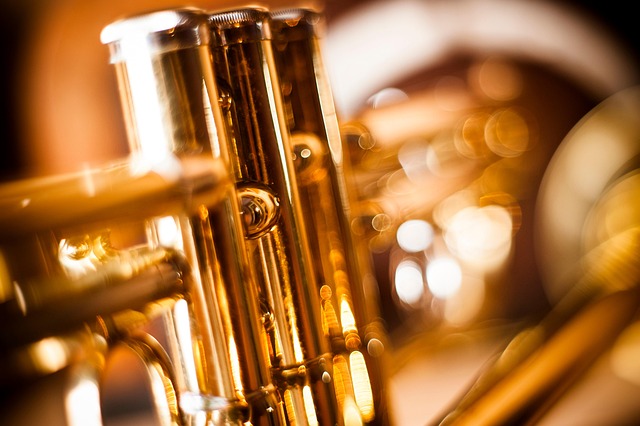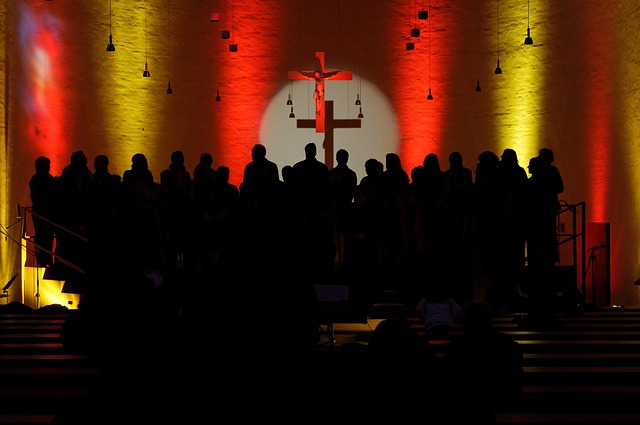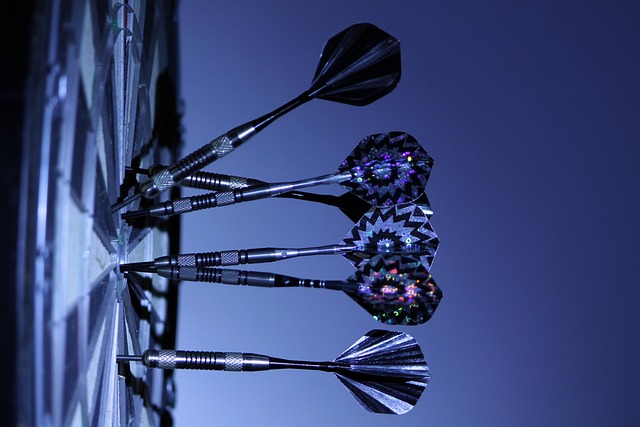
Exploring the Vibrant World of Jazz Music: A Dive into Its Cultural Impact and Party-inspiring Rhythms
Jazz music is more than just a genre; it’s a pulsating heartbeat that resonates through the very fabric of our culture. Born from the melting pot of New Orleans in the late 19th and early 20th centuries, this dynamic form of expression captures the improvisational spirit of its origins. From the smooth sounds of a saxophone to the thumping beats of percussion, jazz invites listeners to lose themselves in its rhythm. It’s not just a genre—it’s a lifestyle, a culture, and an invitation to celebrate life.
As we delve into the vibrant world of jazz music, we can’t overlook its profound influence on the musical landscape. Artists like Louis Armstrong, Duke Ellington, and Miles Davis have not only shaped the sound of jazz but have also paved the way for countless musical genres that followed, including rock, pop, and hip-hop. Jazz is the quintessential party music, electrifying dance floors and creating an atmosphere of joy and spontaneity. Can you imagine a lively gathering where the smooth notes of a trumpet fill the air, inspiring everyone to sway to the rhythm? This is the essence of a jazz party, where barriers dissolve, and unity takes center stage.
Jazz music reflects societal changes and cultural movements, serving as a backdrop for significant moments in history. Its roots in African American communities speak to resilience and creativity, telling stories of struggle and triumph. The improvisational nature of jazz also mirrors the unpredictability of life itself—allowing individual musicians to showcase their flair while harmonizing with others. This collaborative spirit creates a sense of camaraderie and connection that resonates deeply with audiences.
At a jazz party, you will find not just music but a communal experience that encourages everyone to loosen up and express themselves. Whether you’re tapping your feet, dancing, or just soaking in the ambiance, the infectious energy of jazz transforms any space into a joyous celebration. The captivating rhythms of a fast-paced bebop number can lift spirits, while the mellow tones of a ballad can evoke deep, reflective emotions. Jazz music serves as a mirror to our lives, reflecting a broad spectrum of emotions—from elation to introspection.
The cultural impact of jazz extends beyond just music. It has influenced fashion, visual arts, dance, and literature, becoming synonymous with sophistication and liberation. In the 1920s, the jazz age swept through America, redefining social norms and ushering in an era of vibrant creativity. The imagery of flappers dancing to the lively sounds of jazz evokes a sense of freedom and rebellion—elements that are still cherished today. Festivals celebrating jazz music around the world are testaments to its enduring legacy and global appeal.
In contemporary times, jazz music continues to evolve, incorporating elements from various genres and embracing technological advancements. Modern musicians experiment with sounds, fusing electronic beats with traditional jazz instruments to create something wholly unique. This innovative spirit ensures that jazz remains relevant and exciting in today’s fast-paced world, appealing to both seasoned aficionados and new listeners alike.
Ultimately, the beauty of jazz music lies in its ability to bring people together—a universal language that transcends cultural and geographical boundaries. It invites us to celebrate life, connect with others, and express our innermost feelings through rhythm and melody. Whether you’re a fan of classic jazz or intrigued by contemporary interpretations, there is something profoundly enchanting about this genre that resonates with us all.



